Maestro V versus Maestro X – where do we stand!?
Phillip Horsch
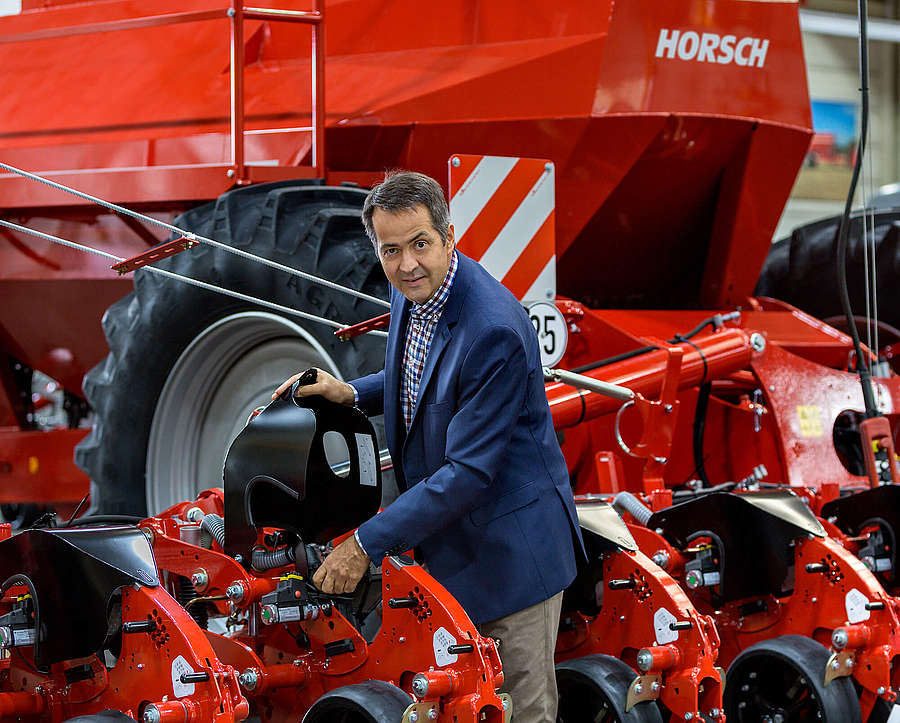
After the first two seasons, including the rape sowing season in summer, during which the new Maestro generations V (vacuum system with AirVac metering) and X (overpressure/shooting system with AirSpeed metering) worked on fields all over the world, Philipp Horsch draws a first conclusion.
First of all, let me answer the question we are asked again and again: Why does HORSCH pursue both metering and placement systems at the same time instead of relying on only one system like most of our competitors at least in Europe?
First: The two systems are mostly identical in construction: This does not only refer to the metering system that consists of metering discs, grain singulator (which by the way does not have to be adjusted), electric drive, sensor system etc. The complete row unit with all accessories is identical in construction, too. The only difference is where the pressure/vacuum is applied and how the grains are then transported from the disc into the furrow. Thus, we created a basis which makes it very simple to offer both systems in parallel. So far, we have been the only manufacturer worldwide with this clear “double strategy” based on a great extent of identical construction.
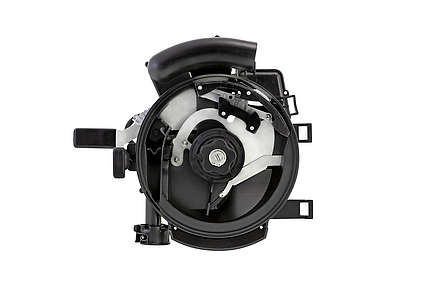
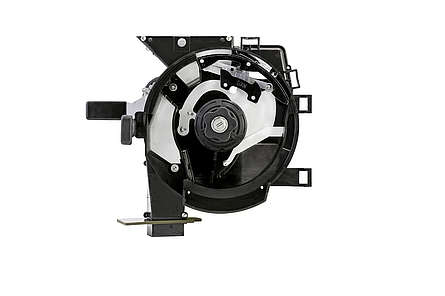
The AirSpeed metering unit (left) with overpressure/shooting system and the AirVac metering unit (right) with vacuum system. The metering system with metering discs, grain singulator, electric drive, sensor system etc is identical in construction. The grain transport and how the grains are then transported into the furrow are different.
However, it is much more important that after the past two years in the field it was clearly confirmed that both systems are absolutely necessary. There are grains species that because of their size and shape are very difficult to shoot, e.g. very large sunflowers or certain, extremely large legume species. And in many conditions the catching rollers that are indispensable for the shooting system reach their limits. In October, I was in Brazil and watched a lot of our Maestros working in the field: It partly rained daily and heavily while sowing, but sowing still had to go on – even in these extremely wet and cohesive conditions. You do not only reach the limits of what is possible, but it is absolutely impossible to catch the grains in these conditions! We have also seen this quite often in the north of the United States.
In this case the only alternative is a vacuum system! As we offer our machines all over the world it is mandatory for us to push both systems!
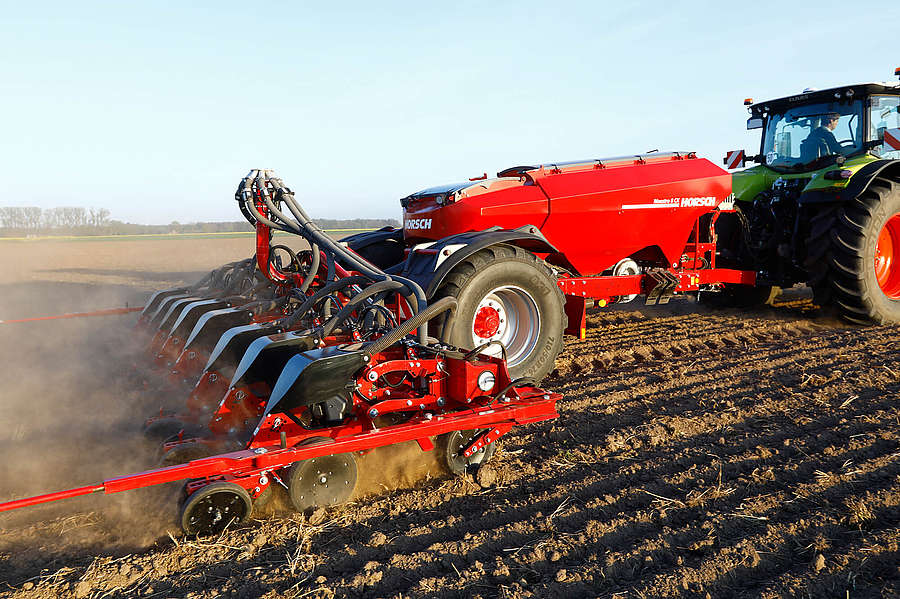
Qualifies limits
Now let’s take a look at our experiences with regard to the placement accuracy in the longitudinal distribution. This is where the shooting system shows its advantages at high operational speeds. After the past two years, however, we can say that we succeeded in qualifying this limit between the two systems significantly.
Due to several measures we managed to improve the accuracy of the vacuum system (AirVac) also at high operational speeds considerably. Up to approx. 12 km/h we are almost at the same accuracy level as with a shooting system. So far, this has not been possible with vacuum systems and we are very happy that we managed to achieve this with our AirVac system – the more so as the user-friendliness has also been improved considerably.
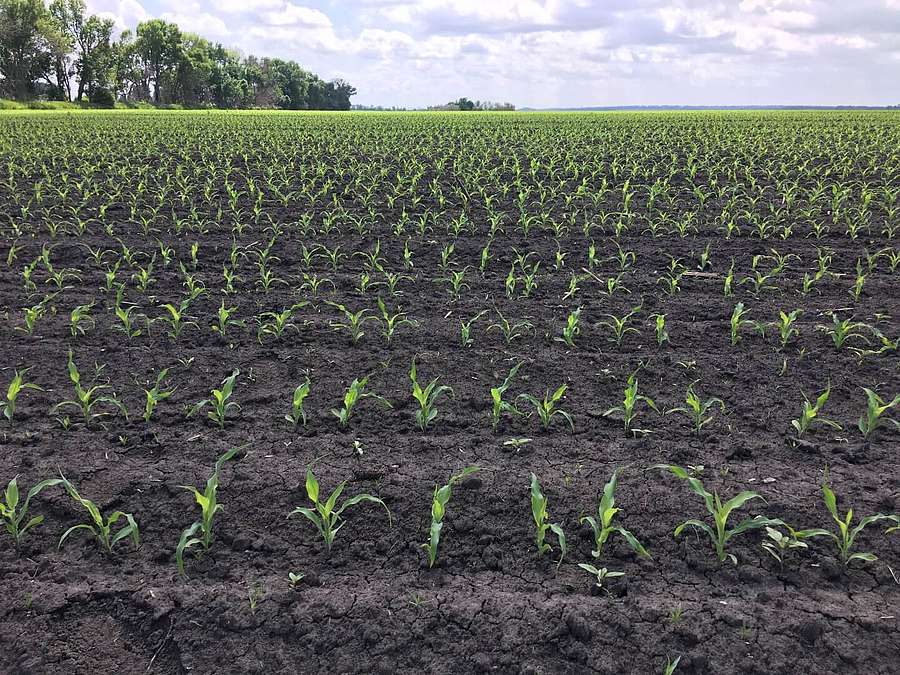
So does HORSCH need a shooting system at all? Definitely yes: The market requires it and being a full-liner in the single grain sector we want to meet this requirement.
Our shooting system is a completely new development and with the technology of the shooting system we strike a totally different path compared to all the other systems available on the market: with regard to the metering respectively the transport (shooting) of the grains our system works with different air pressure levels respectively an overpressure supply. The most important question, of course, is: Is the accuracy equivalent to the shooting systems that are already established on the market? Tests carried out at the test rig showed this in advance, but experience teaches us again and again that such results have to be confirmed in practice! And this requires comprehensive field tests in different conditions.
Offers perspectives
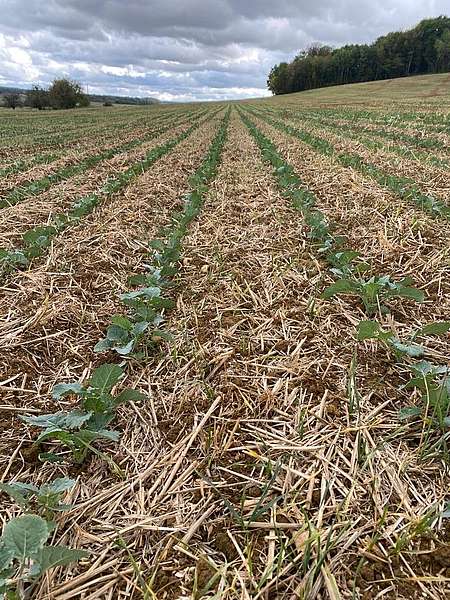
Many analyses of field tests all over the world proved that our shooting system is on exactly the same level as already established methods. And this is true for all existing types of seeds.
Given the correct use respectively the correct adjustment, the variation coefficients range in the usual spectrum of VC 8 to 15 for beet, VC 18 to 20 for maize and CV 15 to 30 for sunflowers.
We are very satisfied with this result and beside the already released AirVac system we now can release the AirSpeed system for serial production for season 2021.
A short outlook on the technology of our shooting system: As in the AirSpeed system the shooting and the metering air are separated, we also will be able to influence both air currents and thus achieve optimisations. Our first tests hint at that.
Thus, in total respectively considering the requirements all over the world we need both systems (AirVac and AirSpeed). And we are very happy that some years ago we decided to strike these two paths at the same time.